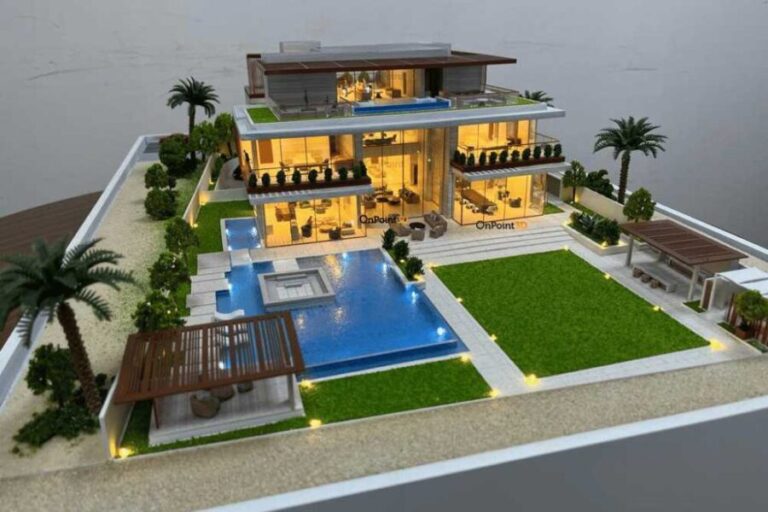Architectural models act as essential tools for visualizing and presenting designs. Whether for client presentations, academic projects, or personal exploration, creating effective architectural models requires attention to detail, creativity, and precision. Below are some key tips and tricks from model makers in UAE to improve your architectural model making process:
Plan and research thoroughly:
Before getting into model construction, spend ample time planning and researching. Understand the scale, dimensions, and key features of your design. Reference architectural drawings, 3D models, and photographs to ensure accuracy. This initial groundwork helps in creating a clear roadmap for your model.
Choose the appropriate materials:
Selecting appropriate materials is vital for achieving the desired aesthetic and functionality of your model. Consider factors such as scale, texture, and durability. Common materials include foam board, balsa wood, acrylic sheets, and 3D printed components. Each material offers unique benefits, so choose based on your specific project requirements.
Utilize technology:
Modern technology improves architectural model making significantly. Use 3D printing for intricate details or repetitive elements to save time and ensure precision. CAD software allows for accurate scaling and measurements, facilitating smooth integration between digital designs and physical models.
Focus on detailing and finishing:
Pay attention to detailing to elevate the realism of your architectural model. Add fine textures using materials like sandpaper, flocking powder, or model grass. Painting with precision and using washes and dry-brushing techniques can improve depth and contrast. Neatly apply decals or prints for signage or intricate patterns.
Experiment with lighting:
Lighting can change the presentation of your architectural model. Incorporate LED lights to simulate daylight or create dramatic effects for specific areas. Consider the placement of lighting to highlight architectural features and spatial relationships effectively.
Practice scale and proportion:
Maintaining accurate scale and proportion is fundamental to conveying the design’s spatial relationships. Use scale rulers and mea犀利士
suring tools consistently throughout the model making process. Pay attention to furniture and human figures if included, ensuring they reflect realistic dimensions relative to the architecture.
Documenting your model making process helps in troubleshooting and refining techniques and also works as valuable documentation for future reference or portfolio purposes. Capture photographs at different stages, noting challenges faced and solutions implemented.
